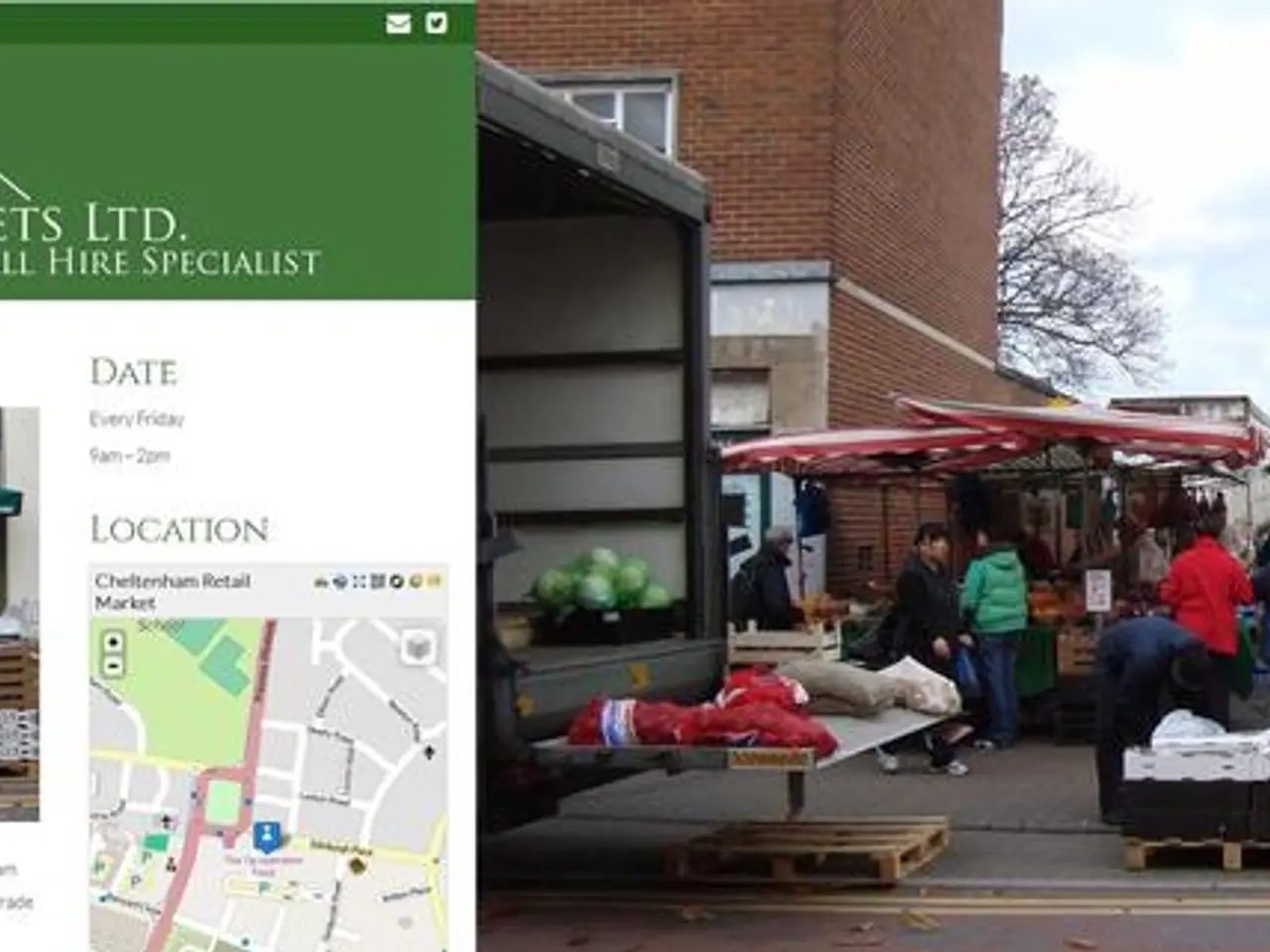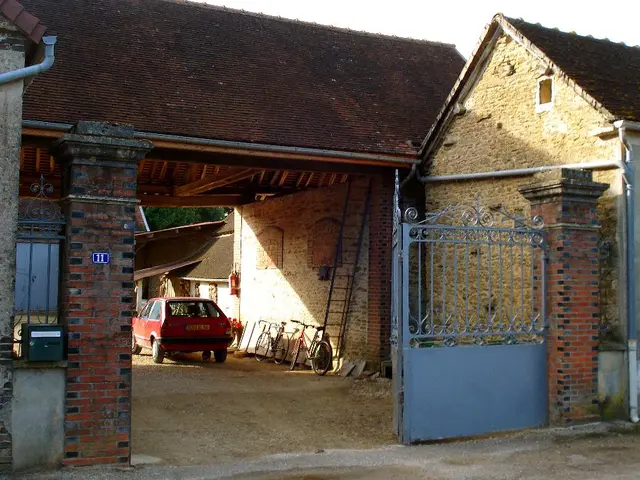Solar Market's Wide-eyed Focus: An Unblinking Scrutiny of the Mid-Tier Players
In the ever-evolving world of renewable energy, the distributed generation (DG) market stands out as a unique and challenging environment. This sector, spanning three orders of magnitude, from deals as low as $100,000 to over $100 million, has been attracting increasing interest from investors.
Jigar Shah, a former utility-scale project finance professional, has noted that many investors are viewing DG as a safer bet compared to utility-scale projects. This shift in focus is not without its complexities, as IPP origination teams often find themselves caught off guard by shifts in focus at their own companies due to changing policies, levels of competition, and fluctuations in the capital markets.
The DG market offers a wide variety of opportunities, including differences in deal size, geography, interconnection type, offtake type, project timing, and maturity. One striking aspect of this market is the significant differences in bids for the same projects, with bid spreads reaching as high as 24%. This indicates a significant disparity in the valuation of these projects, as demonstrated by two buyers pricing two separate deals in complete opposite directions within the same month. One bid was 30% less, while another was 125% more.
Larger deals in the DG market can lead to lumpier pipelines and higher levels of competition from other buyers. However, the smallest deals, which represent 58% of the volume in number, account for only 47% of the market's value. Successful buyers in this market tend to focus on a particular niche and may move up to larger deal sizes over time.
The DG market is less sensitive to equipment tariffs and transmission risks compared to utility-scale projects. This resilience, coupled with its potential for significant returns, has attracted a diverse range of institutional buyers. These include infrastructure investment firms, renewable energy-focused private equity funds, and large utilities.
In 2024, buyers in the DG market exhibited changes such as raising their deal size goals, dropping projects that no longer fit their pipelines, abandoning the C&I (Commercial and Industrial) market, focusing on current-year or next-year construction timeframes, and shifting from early stage to late stage acquisitions.
Over 10% of projects in the DG market come from IPPs (Independent Power Producers). The middle market in DG contains projects primarily classified as EPC (equipment procurement and construction contractor), with 50% coming from EPCs, 25% from developers, and another 9% from firms playing both roles.
Despite the professionalism of buyers in the DG market, their views on valuation can be markedly different. Navigating this opaque, full of price dispersion, and highly dependent on counterparty alignment market requires careful consideration before making the leap. The U.S. market for DG solar and battery storage, while not yet mature and efficient, offers promising potential for those ready to take on the challenge.








